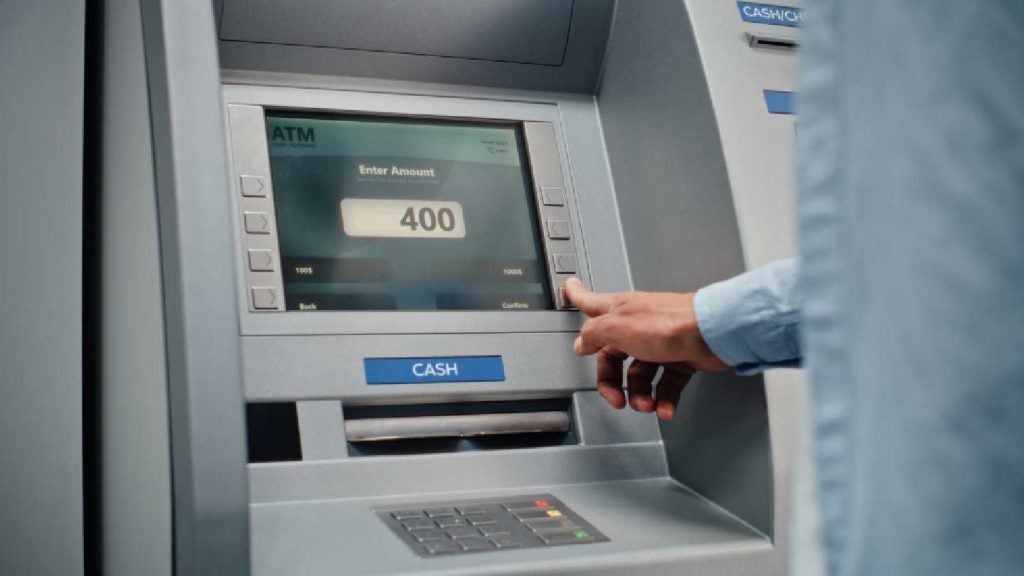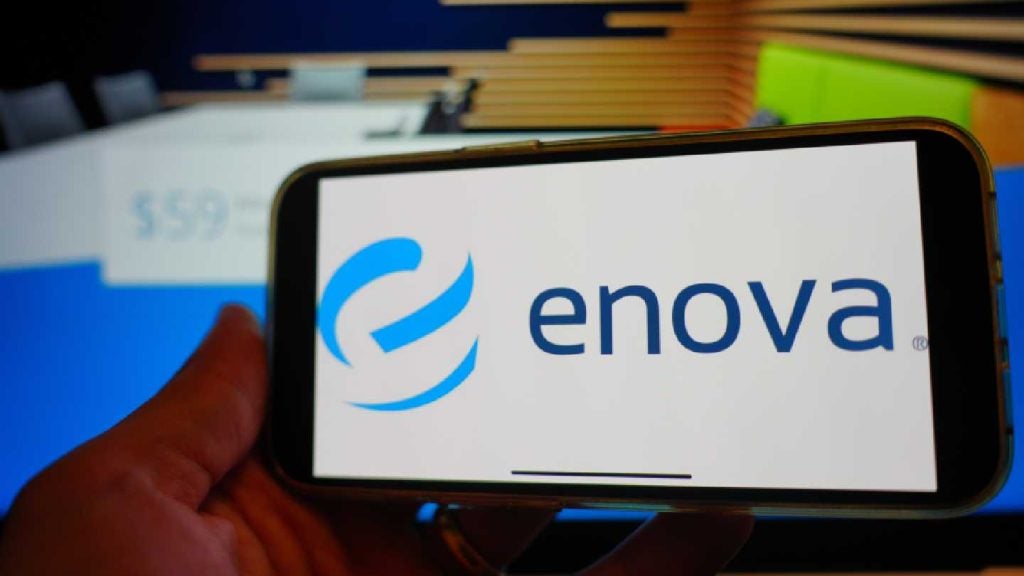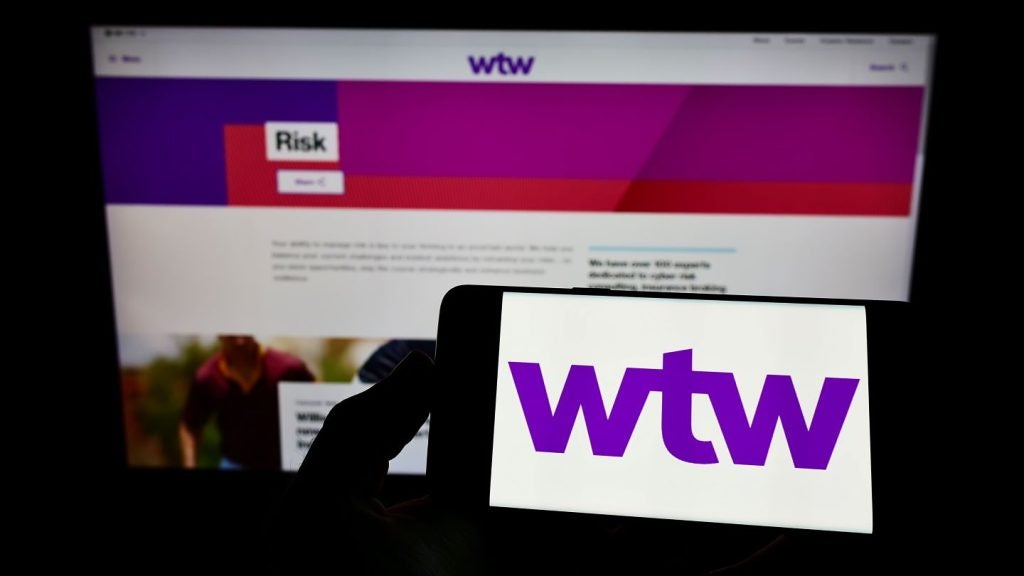India’s biggest lender, State
Bank of India (SBI), has kicked off the new year with a number of
announcements designed to aid an ambitious target of achieving 25
percent business growth over the next few years.
In particular SBI said it would:

Access deeper industry intelligence
Experience unmatched clarity with a single platform that combines unique data, AI, and human expertise.
• Speed up its branch expansion and
recruitment drive;
• Seek a partner to grow its point-of-sale
(POS) terminal business;
• Rapidly expand its ATM network;
• Hasten the consolidation process of the
Indian banking sector; and

US Tariffs are shifting - will you react or anticipate?
Don’t let policy changes catch you off guard. Stay proactive with real-time data and expert analysis.
By GlobalData• Launch wealth management services for the
high net worth segment, possibly involving a partnership with an
international banking partner.
In 2009, SBI opened 600 net new branches and
plans to open another 200 by the end of February this year to reach
12,000 outlets. By the end of 2010, it aims to have over 13,000
units while its ATM network will grow to 25,000 – up from
17,000.
The bank is also looking at the possibility of
installing low-value ATMs for rural areas, which at a cost of about
INR150,000 ($3,285) per unit are around one-third the cost of
regular ATMs. A separate project, to ensure that around 7,000 of
its ATM network can be used by blind customers will be completed in
the first quarter.
To aid its expansion programme, SBI will
employ an additional 30,000 employees to add to the 22,000
personnel recruited during 2009.
“We are targeting a mean growth rate of 25
percent in business over the next few years. Our goal is to have a
growth rate that is 2 percent to 3 percent more than the
competition,” said SBI deputy managing director Anup Banerji.
He added that international expansion would
follow the bank’s business model in Singapore, where it has a
qualified full bank status, which it aims to replicate in other
markets including Canada and West Asia.
To grow its POS terminal business, it is
looking for a vendor partner and has shortlisted three to four
potential players for the venture. It has plans to acquire around
600,000 POS terminals over the next five years.
The bank had previously announced plans to
acquire 150,000 POS terminals during 2010 to 2011.
While the bank remains positive about its
prospects, chairman OP Bhatt has warned that the sector faces
pressures on profitability and interest margins, and rising
non-performing assets (NPAs), especially in the SME segment.
“NPAs in the banking system are increasing and
may continue to rise for the next one to two quarters due to the
lag effect,” said Bhatt.
Demand for bank loans in India has been
sluggish in the second half of 2009, with the sector as a whole
unlikely to meet the Reserve Bank’s projected 18 percent growth in
loans for 2009 to 2010. Annual loan growth at the start of January
was 13.7 percent after slipping to 9.7 percent in October.
Bhatt said further challenges included the
threat of rising cost-income ratios and pressure on current and
savings account deposit balances.
On consolidation, Bhatt said SBI has
kick-started the process. There are other banks in the country
which recognise the need to consolidate the sector, to provide
scale and make credit more widely available, but, he said,
“progress was slow”.
Analysts forecast SBI’s fourth-quarter
results, to be posted towards the end of January, to show a drop in
earnings largely due to treasury losses and higher loan-loss
provisions.







